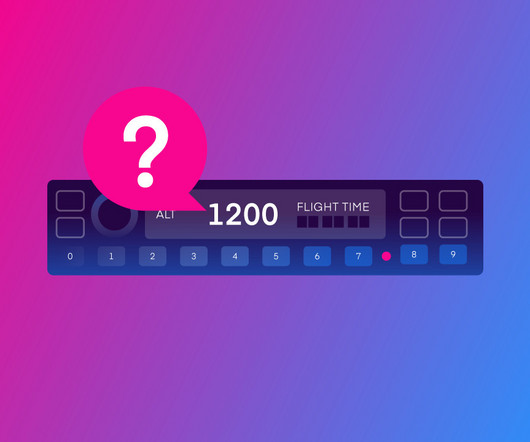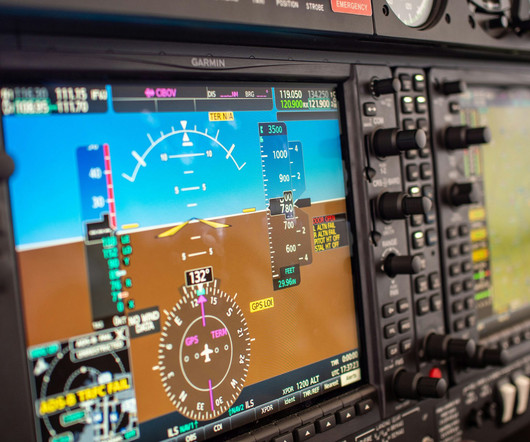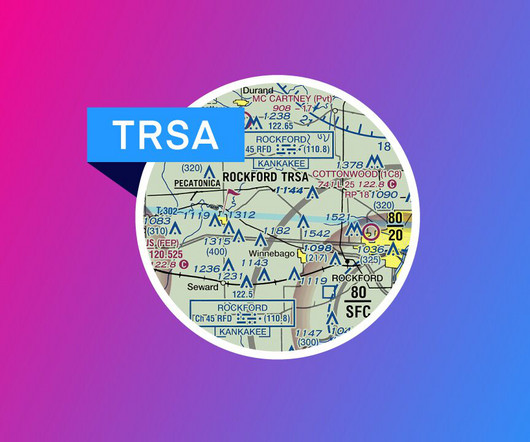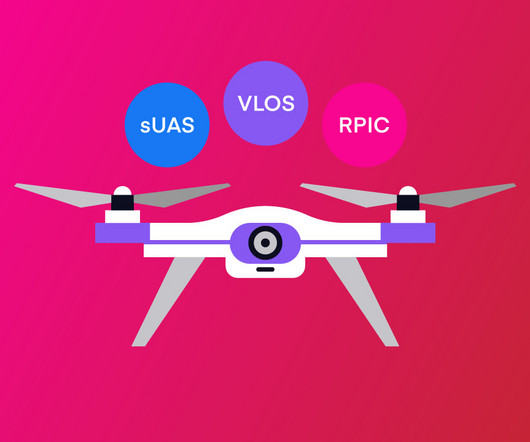Transponder Codes Made Easy: A Pilot’s Survival List
Pilot Institute
FEBRUARY 28, 2025
Lets say youre cruising at 10,000 feet when Air Traffic Control (ATC) instructs you to “squawk 1200.” Mode A sends squawk codes, Mode C adds altitude, and Mode S transmits detailed flight data. The transponder is the airborne portion of the Air Traffic Control Radar Beacon System (ATCRBS).




















Let's personalize your content